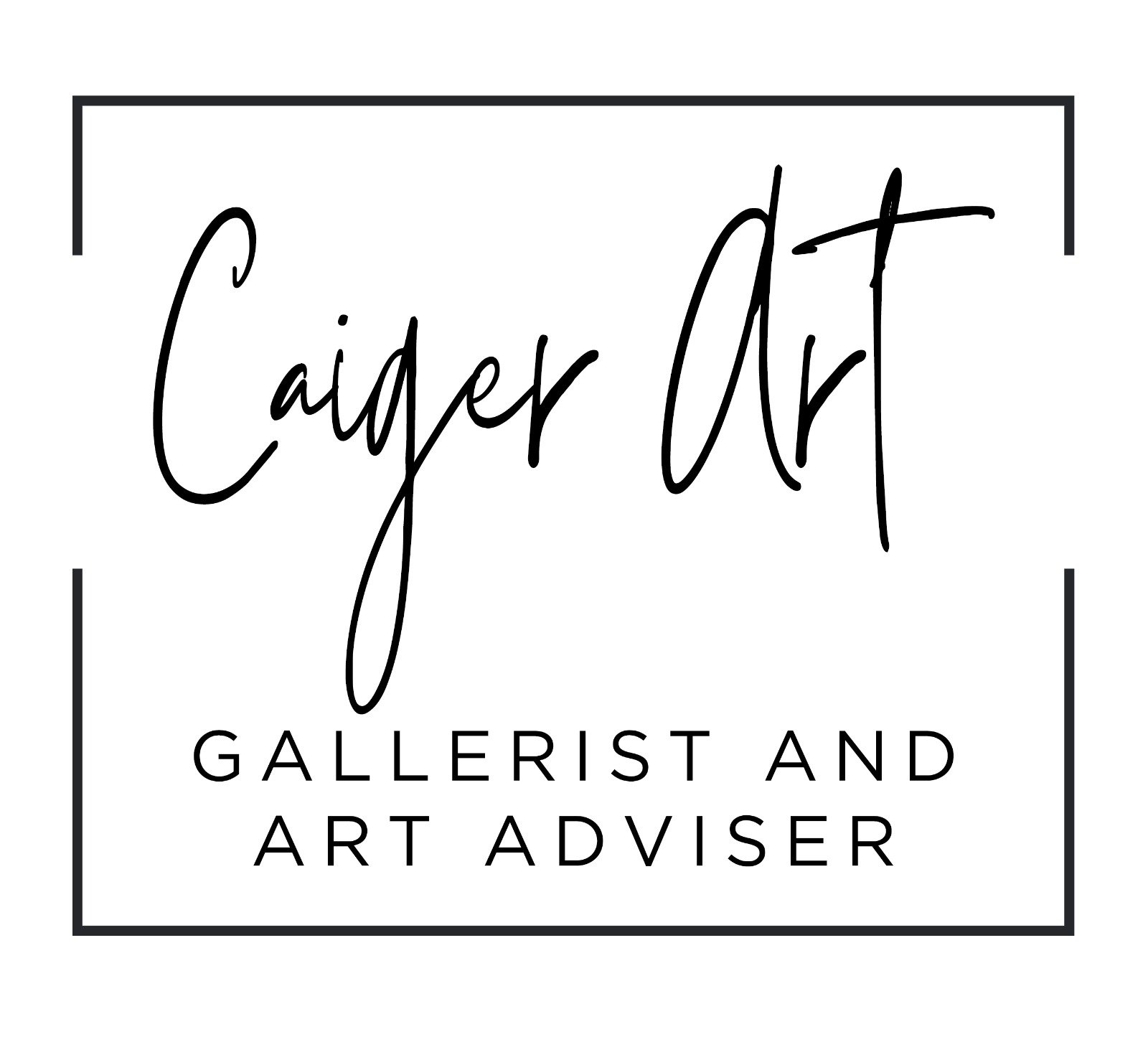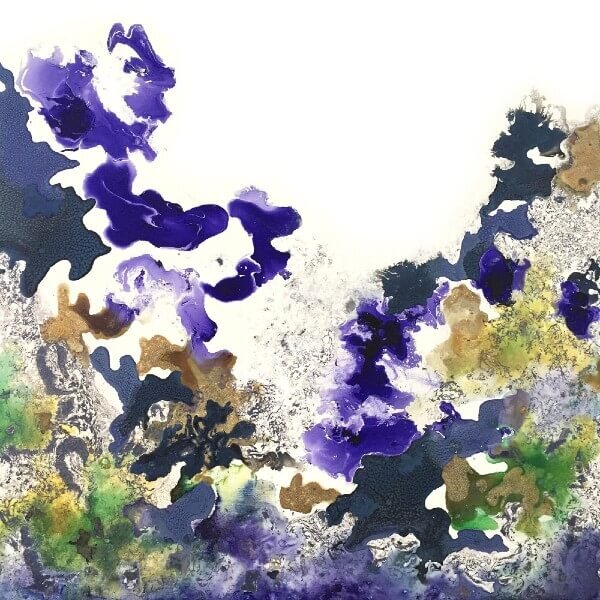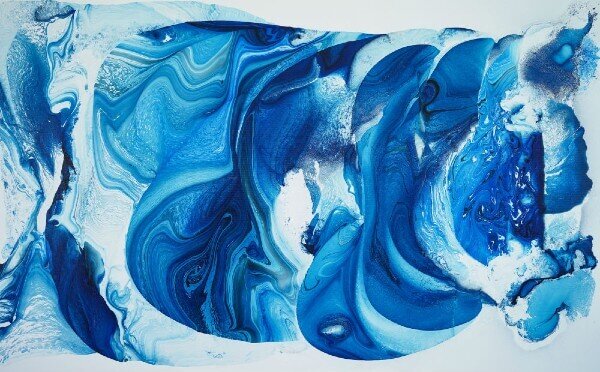How To Enjoy 'Slow Looking'
Sevres Lagoon by Corinne Natel
With the museums and art galleries able to open up again, many of us may not want to rush straight back to that hustle-bustle life, but will want to take things steadily so as not to get that overwhelm!
That’s where ‘Slow Looking’ comes into play.
What is ‘Slow Looking’? Rather than rushing to see all the lovely artworks you have missed all at once, just focus on one or two artworks to REALLY look at them in detail.
To make the most of your ‘Slow Looking stand in front of the artwork for about 10 minutes or so, don’t worry about anyone else looking at the artwork.
If it is painting, just drink in the textures, the colours, the brush strokes, the paint. Look how the artist’s hand has applied the paint and whether it is oil or acrylic paint. Look at the brush strokes and whether they are long or short and how that affects the texture. Even look at the bits of canvas that don’t have any paint on them - they will have been left bare for a reason.
Look at the colours of the artwork and how they blend together. What are the key colours? Do the colours work in harmony or clash? Just take your time.
Parallel Skies by Fintan Whelan
The next step is to stand back from the painting, or better still, find a seat and make yourself comfortable. Look at the painting as a whole. If it is an abstract painting, does it move you, is there a colour that speaks to you? Does it remind you of something else, perhaps a memory? Do you like it or does it jar with you? (It is ok not to like a painting, but to still appreciate it!).
If it is a figurative painting, or a landscape? Does it have a story to tell? What are the people in the painting wearing, are their clothes and jewellery giving you information about their status and wealth?
Everything is in a painting for a reason. There is a lot of symbolism in painting, particularly in historical paintings. Fruit, for instance, can symbolise fertility or youth, but also the transient nature of life. Dogs symbolise loyalty and faithfulness.
Symbolism in paintings is actually fascinating, so if you get hooked, it is worth doing some research. The longer you look at a painting the more you will see!
In recent times we have perhaps become more appreciative of the simpler things in life. and being in the ‘here and now’ and enjoying it, and what a lovely way to experience this, in front of a painting.
Enjoy your ‘Slow’ Looking’.






